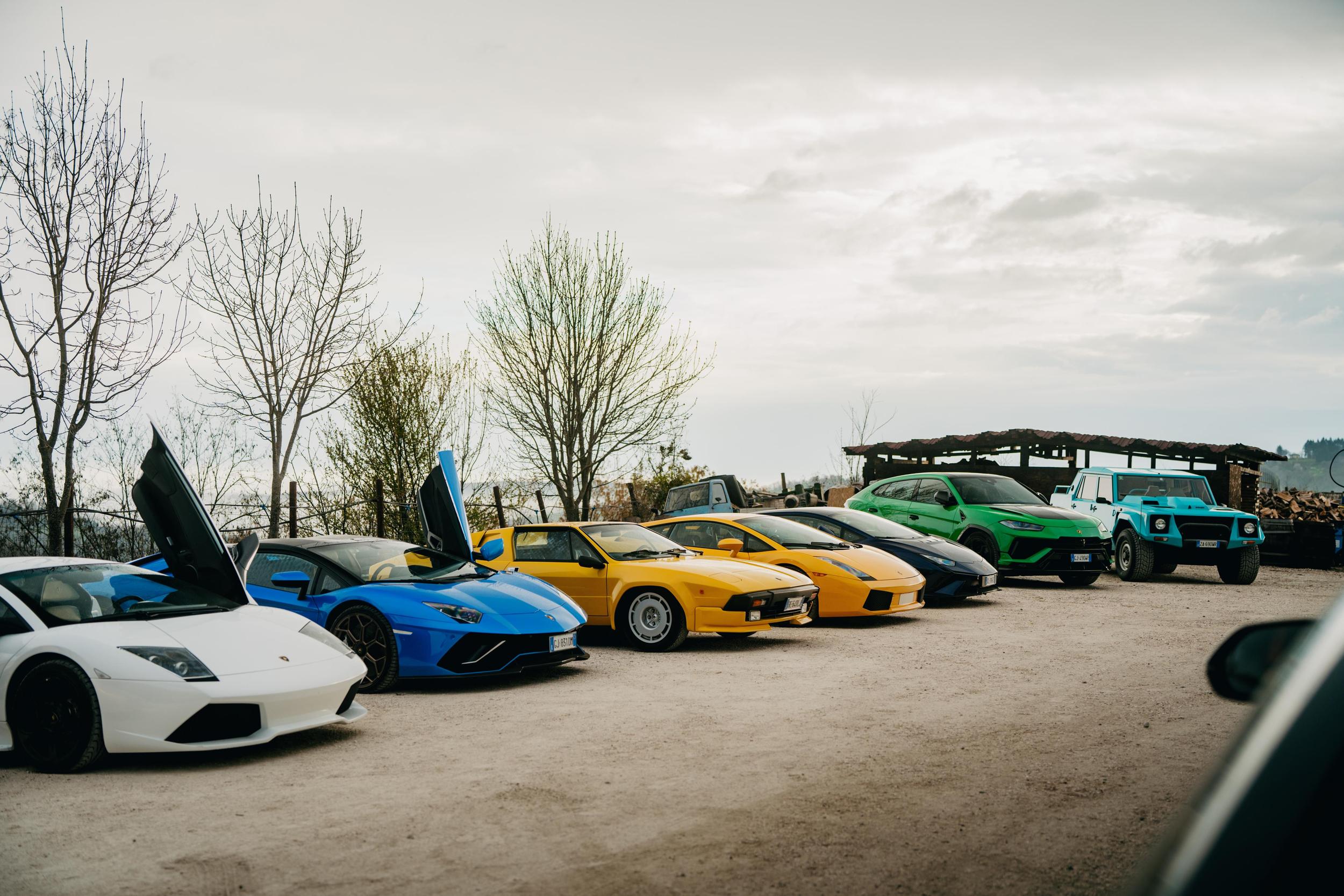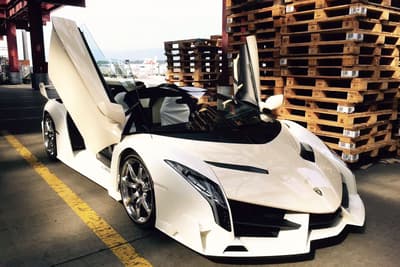For 60 years, Lamborghini has played a crucial role in shaping the automotive landscape, emphasizing innovation, design, and performance. What began as a quest to challenge the established status quo in the sports car world has led to a line of vehicles that continue to inspire and amaze. This article will take you through the milestones that define the Lamborghini Evolution, illustrating how the company has consistently pushed boundaries and redefined what is possible.
Tractor (1959)
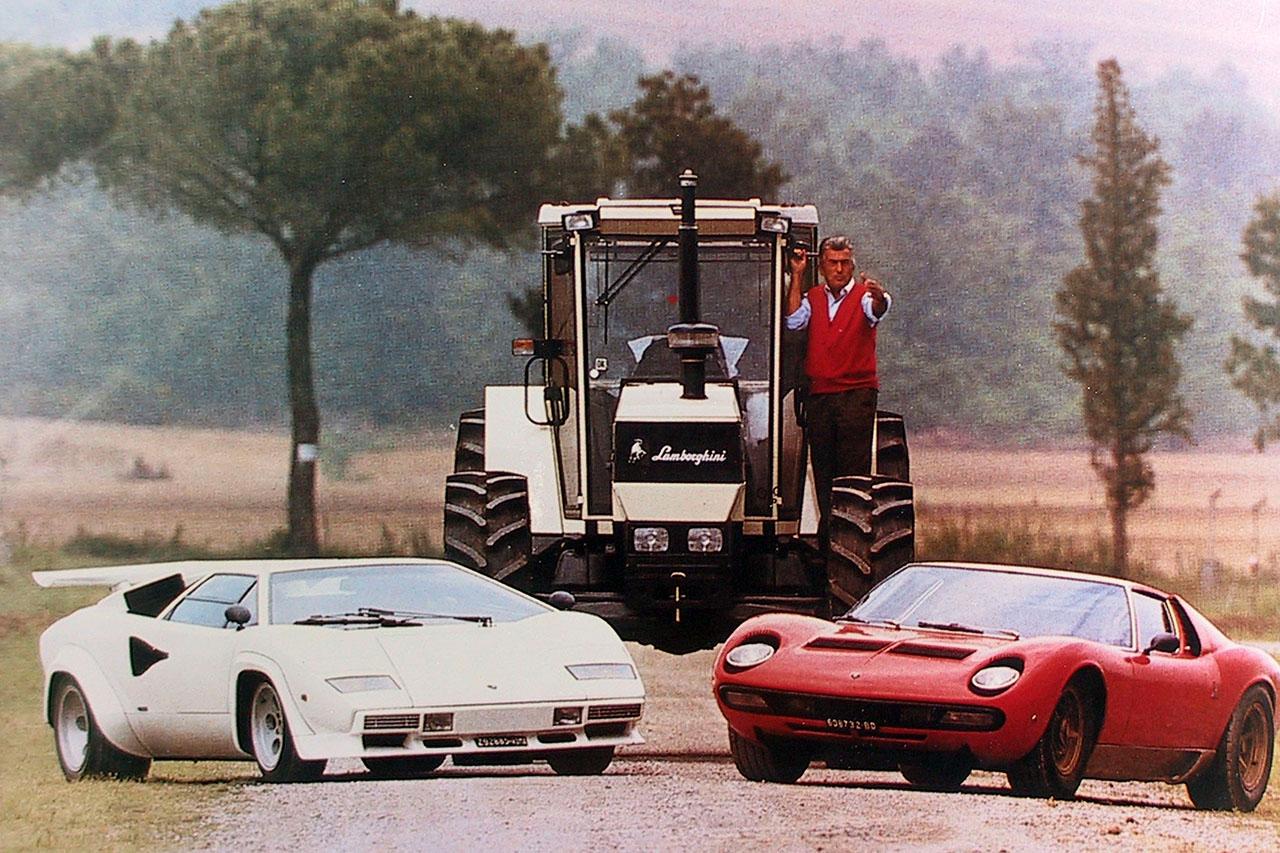
Before venturing into sports cars, Lamborghini started as a tractor manufacturer. Founded by Ferruccio Lamborghini in 1948, Lamborghini Trattori became a significant name in agricultural equipment by 1959. Known for their quality and innovation, these tractors played a key role in building the financial foundation for Lamborghini’s entry into the automotive world. The transition from tractors to high-performance cars reflects a unique and visionary chapter in the brand’s history, showcasing the entrepreneurial spirit that has come to define Lamborghini.
350 GT (1964-1966)

Lamborghini’s story began with the 350 GT, the marque’s first production car. Introduced in 1964, the 350 GT was an illustration of engineering excellence, with a 3.5-liter V12 engine and an elegant body. It marked Lamborghini’s emergence as a serious competitor in the high-performance car market.
- 350 GT: Lamborghini’s debut model.
- 350 GTV: Prototype that preceded the production version.
400 GT (1966-1968)
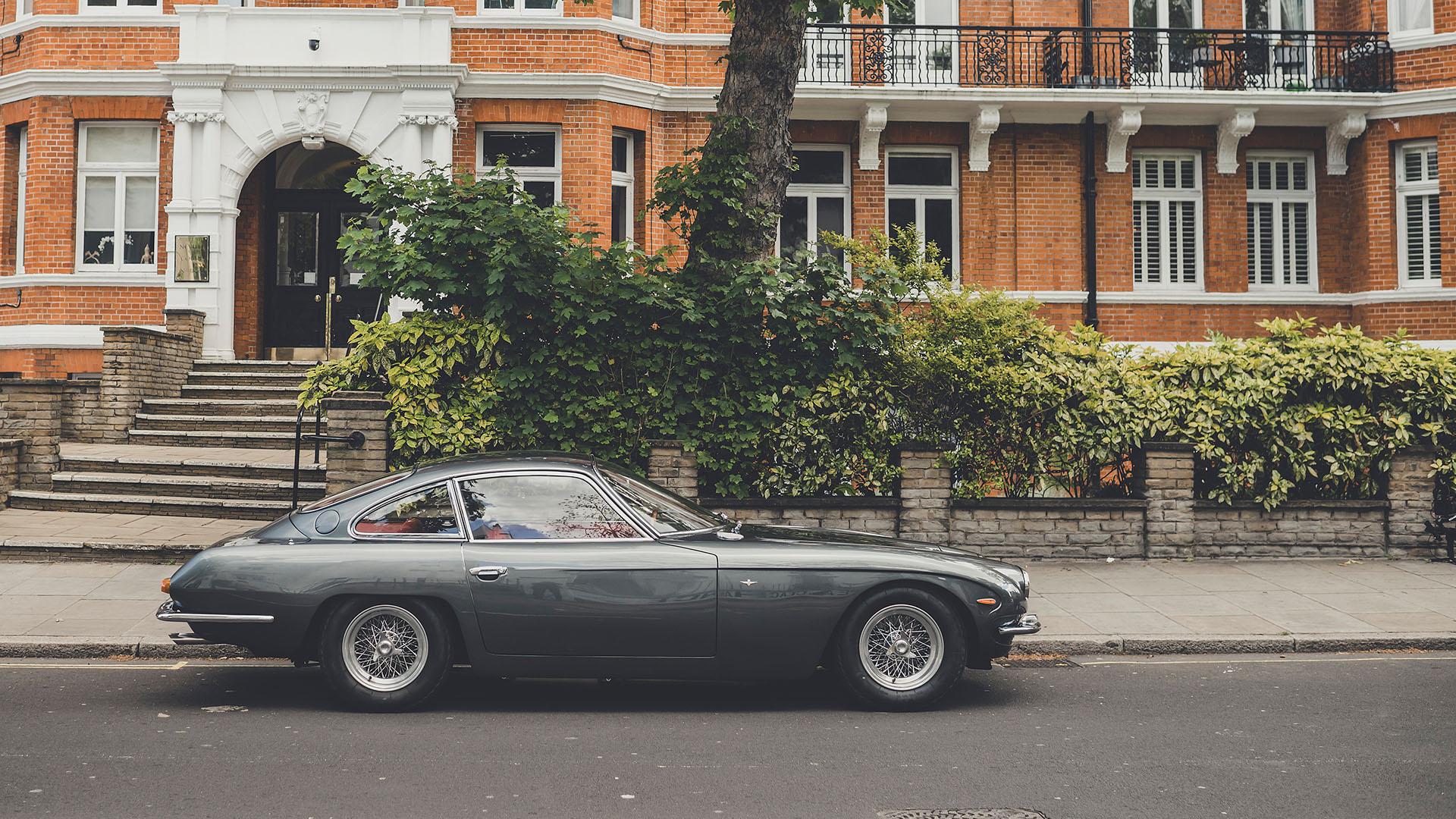
Building on the success of the 350 GT, the 400 GT offered enhanced performance and design. A 4.0-liter engine allowed for improved power, while the interior and exterior refinements gave the car a distinct and timeless character.
- 400 GT 2+2: Upgraded from the original 350 GT with more power and space.
- 400 GT Monza: A one-off version with a distinct body style.
Islero (1968-1969)

Named after a famous fighting bull, the Islero was a more subdued and elegant model. Though perhaps not as iconic as other models, it maintained the performance values that Lamborghini was becoming known for, blending power with aesthetics.
- Islero: Base model.
- Islero S: Improved version, with power and aesthetic upgrades.
Espada (1968-1978)
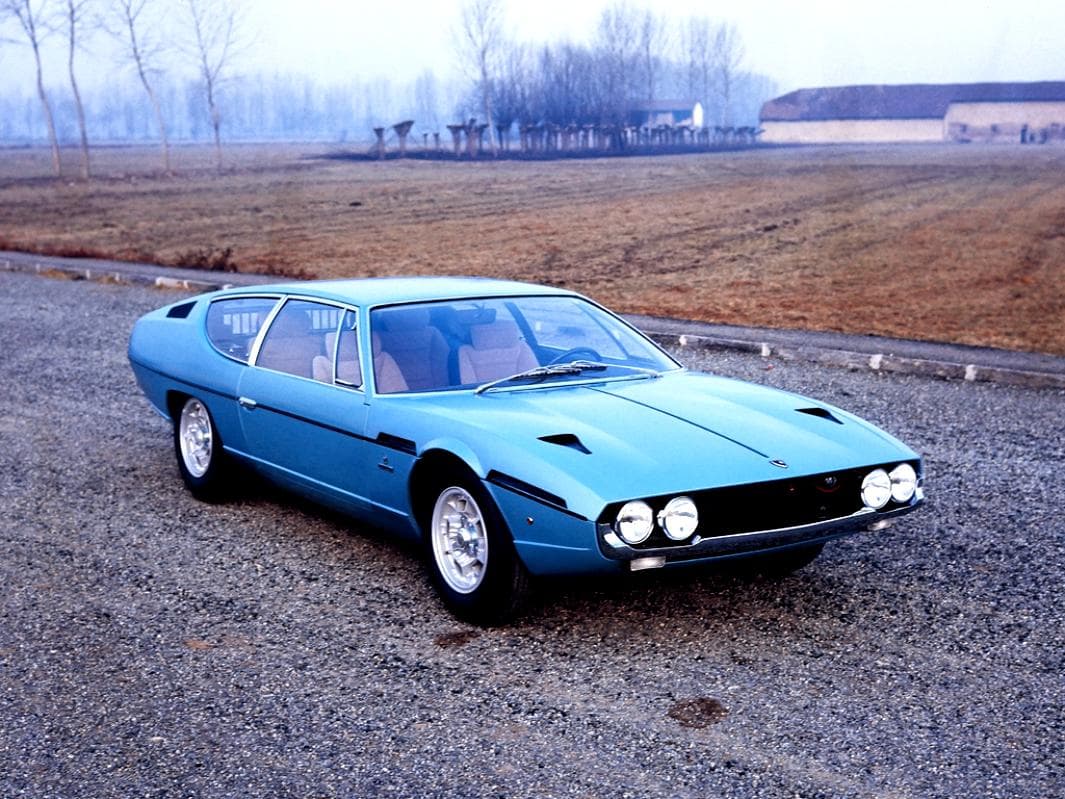
The Espada, with its striking appearance and 4-seater capacity, was both unique and practical. It combined a potent V12 engine with a spacious interior, making it a standout model in the Lamborghini lineup for a decade.
- Espada S1, S2, S3: Progressively improved versions with styling and mechanical changes.
Jarama (1970-1976)
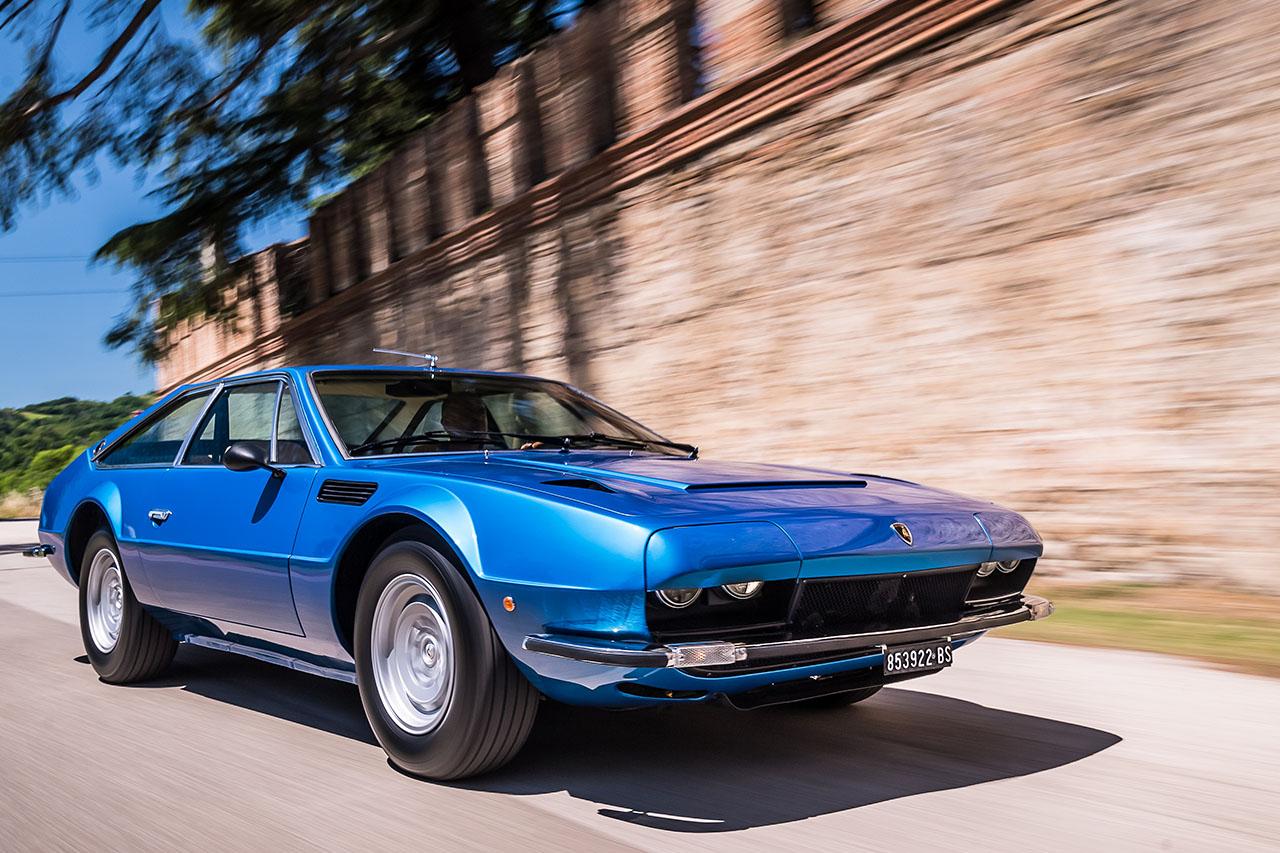
A blend of sporty elegance, the Jarama, with its 2+2 layout, allowed for both performance and practicality. Its design reflected a departure from more flamboyant styles without sacrificing the driving experience.
- Jarama: Base model.
- Jarama S: Enhanced with several upgrades over the base model.
Urraco (1973-1979)
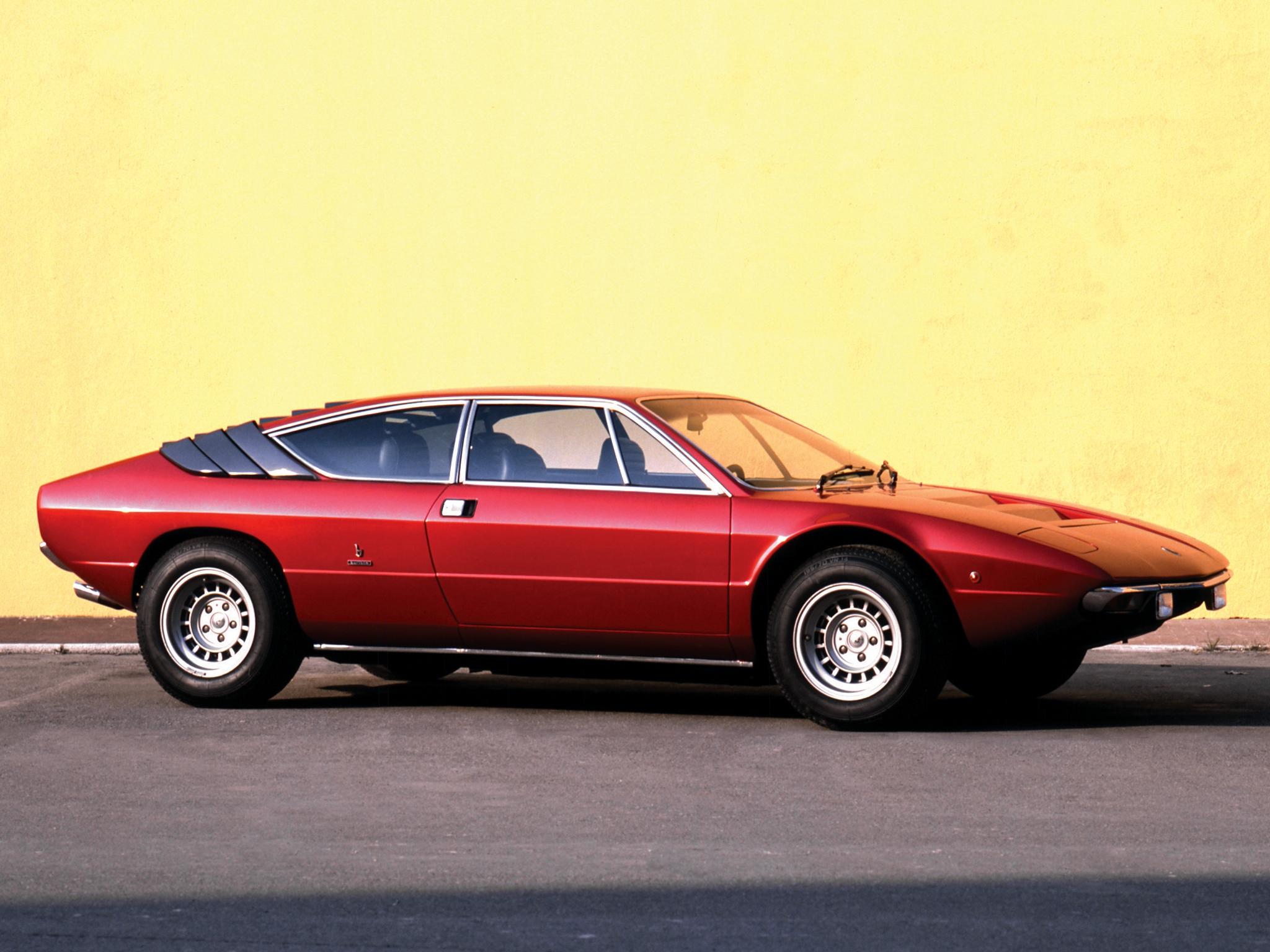
The Urraco introduced Lamborghini’s vision for an accessible yet capable sports car. Featuring a V8 engine, it was aimed at a broader market, reflecting a new direction for the company.
- P250, P200, P300: Models with variations in engine size and performance.
Countach (1974-1990)
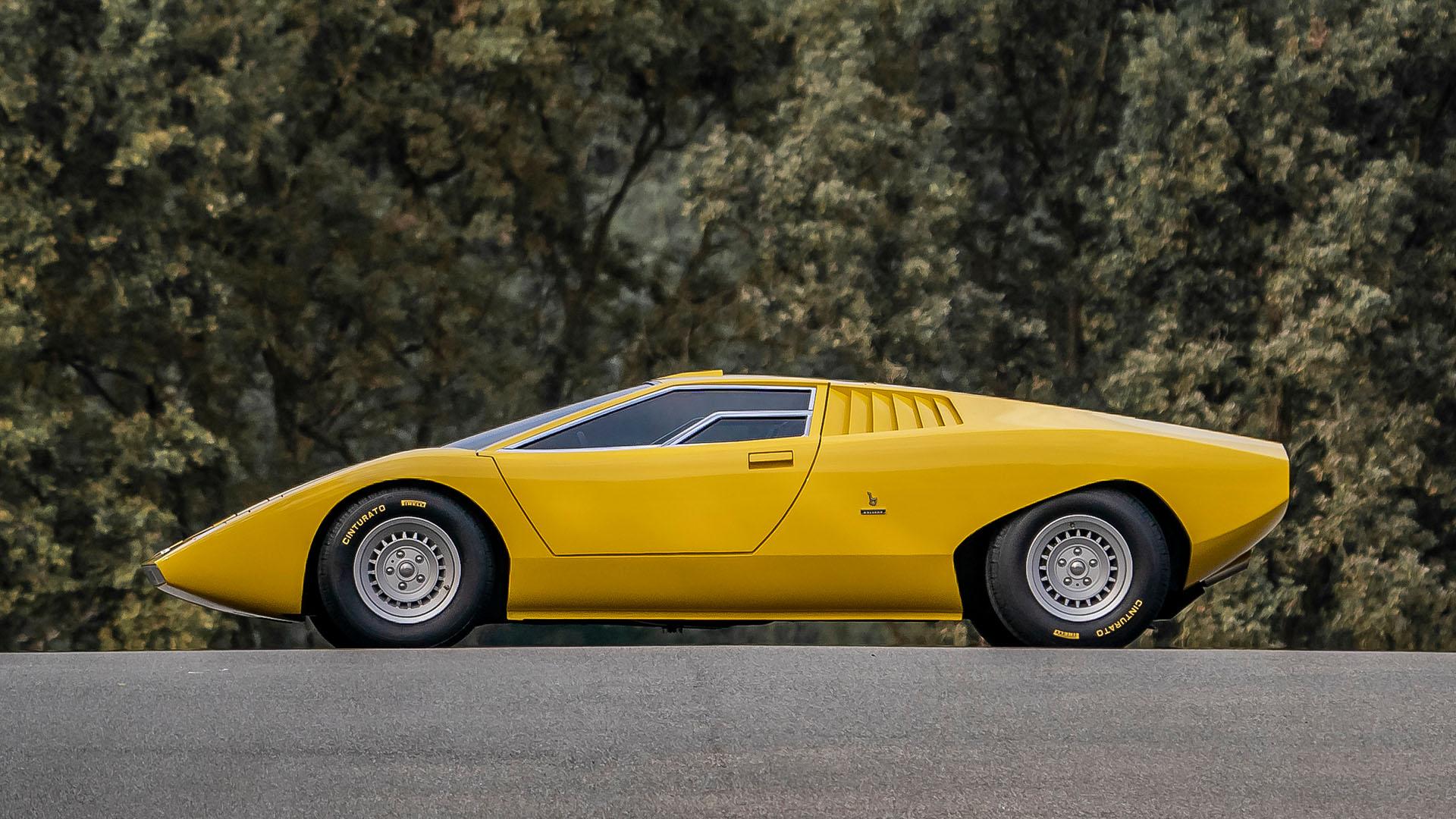
A true icon, the Countach represented a major leap in design and engineering. Its wedge shape became symbolic of a whole generation of supercars, and the vehicle’s performance matched its bold aesthetics.
- LP400, LP400 S, LP500 S, 5000 QV, 25th Anniversary: Numerous iterations, each with distinct improvements and enhancements.
Silhouette (1976-1979)
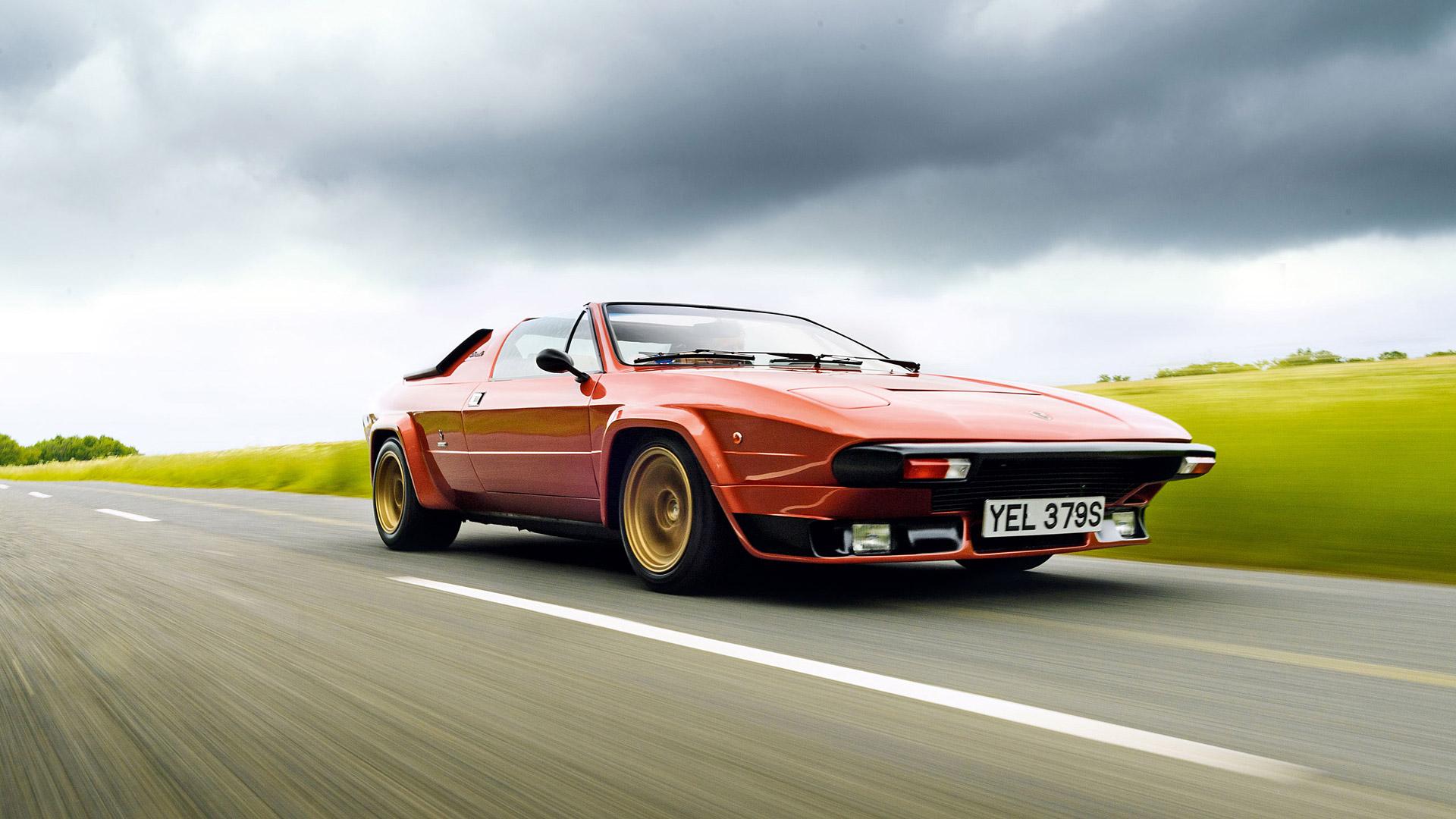
A departure from the more aggressive designs, the Silhouette was a 2-seater sports car with a detachable roof. It provided a new level of driving enjoyment without compromising Lamborghini’s commitment to performance.
- Silhouette P300: The main production variant.
Jalpa (1981-1988)
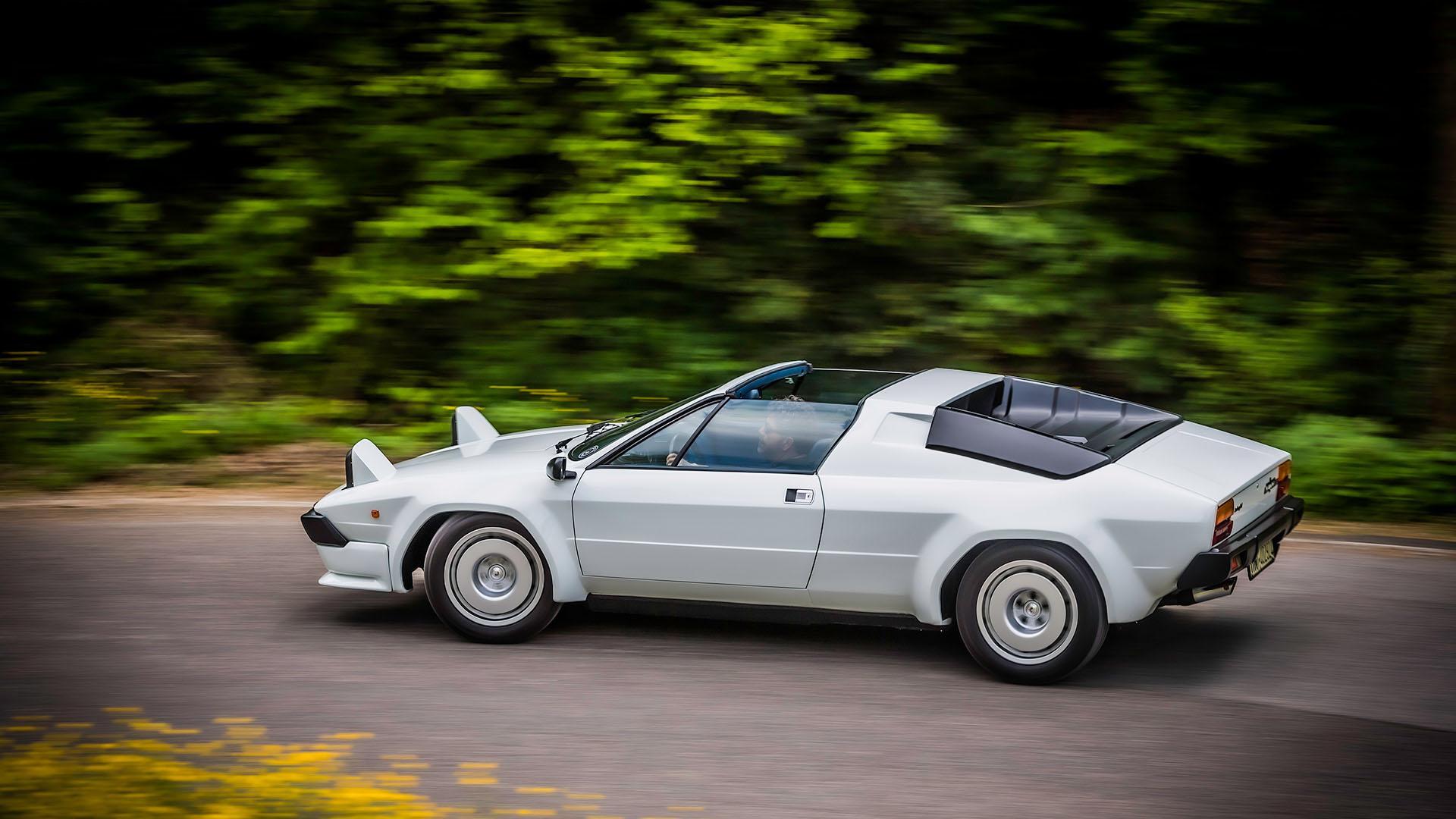
The Jalpa, a successor to the Silhouette, continued the approachable sports car theme. It was powered by a V8 engine and offered an engaging drive while maintaining the brand’s distinct character.
- Jalpa P350: Standard model.
LM002 (1986-1993)

Known as the “Rambo Lambo,” the LM002 was Lamborghini’s venture into the SUV market. With a V12 engine and rugged design, it was an off-road capable vehicle with undeniable presence.
- LM002: Base model.
- LM002 LM/American: Version specifically made for the American market.
Diablo (1990-2001)
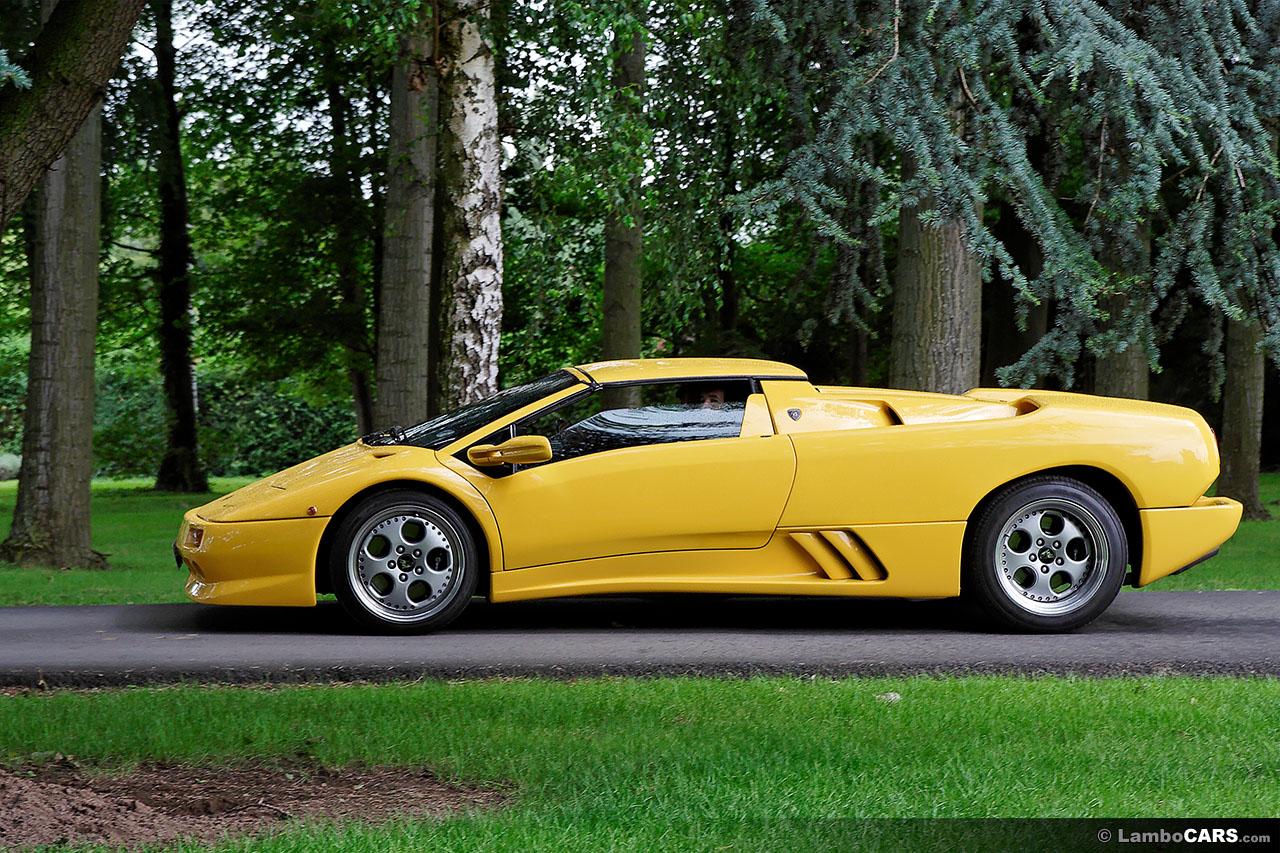
The Diablo, with its sleek design and incredible performance, became a symbol of the ’90s supercar era. Its V12 engine and cutting-edge technology cemented Lamborghini’s reputation for pushing boundaries.
- Diablo, VT, SV, SE30, VT Roadster, GT, VT 6.0: Several variants offering different levels of performance and amenities.
Murciélago (2001-2010)

A new millennium saw the Murciélago, a car that carried forward the company’s performance heritage. Its design and engineering were ahead of its time, and it served as a beacon for Lamborghini’s next generation of vehicles.
- Murciélago, Roadster, LP 640, LP 650-4 Roadster, LP 670-4 SV: Variants that further pushed the performance and styling boundaries.
Gallardo (2003-2013)
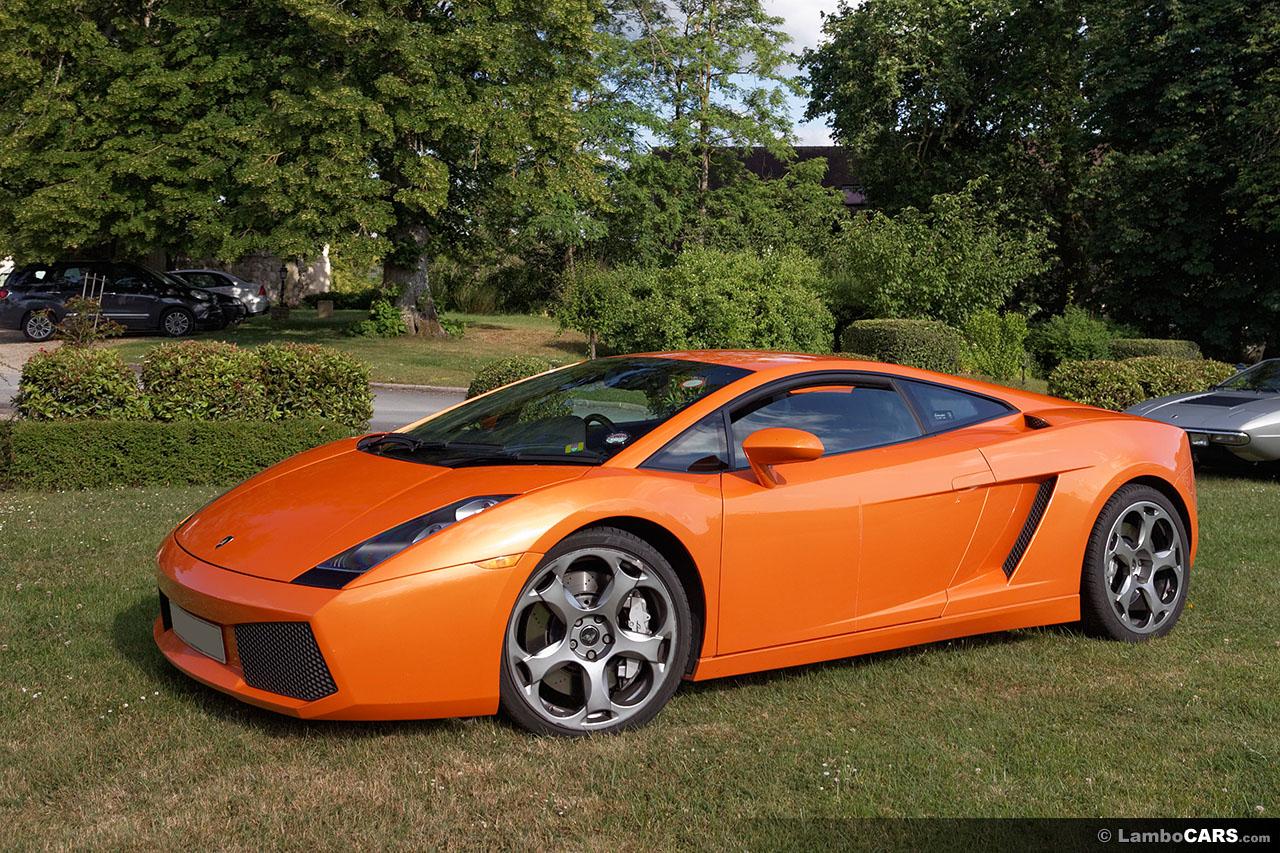
The Gallardo’s V10 engine and all-wheel-drive system made it a more accessible supercar without compromising on performance. It became Lamborghini’s best-selling model, reflecting a balance between usability and exhilaration.
- Gallardo, Spyder, Superleggera, LP 560-4, LP 570-4 Superleggera, and more: An extensive range with multiple configurations.
Reventón (2007-2009)
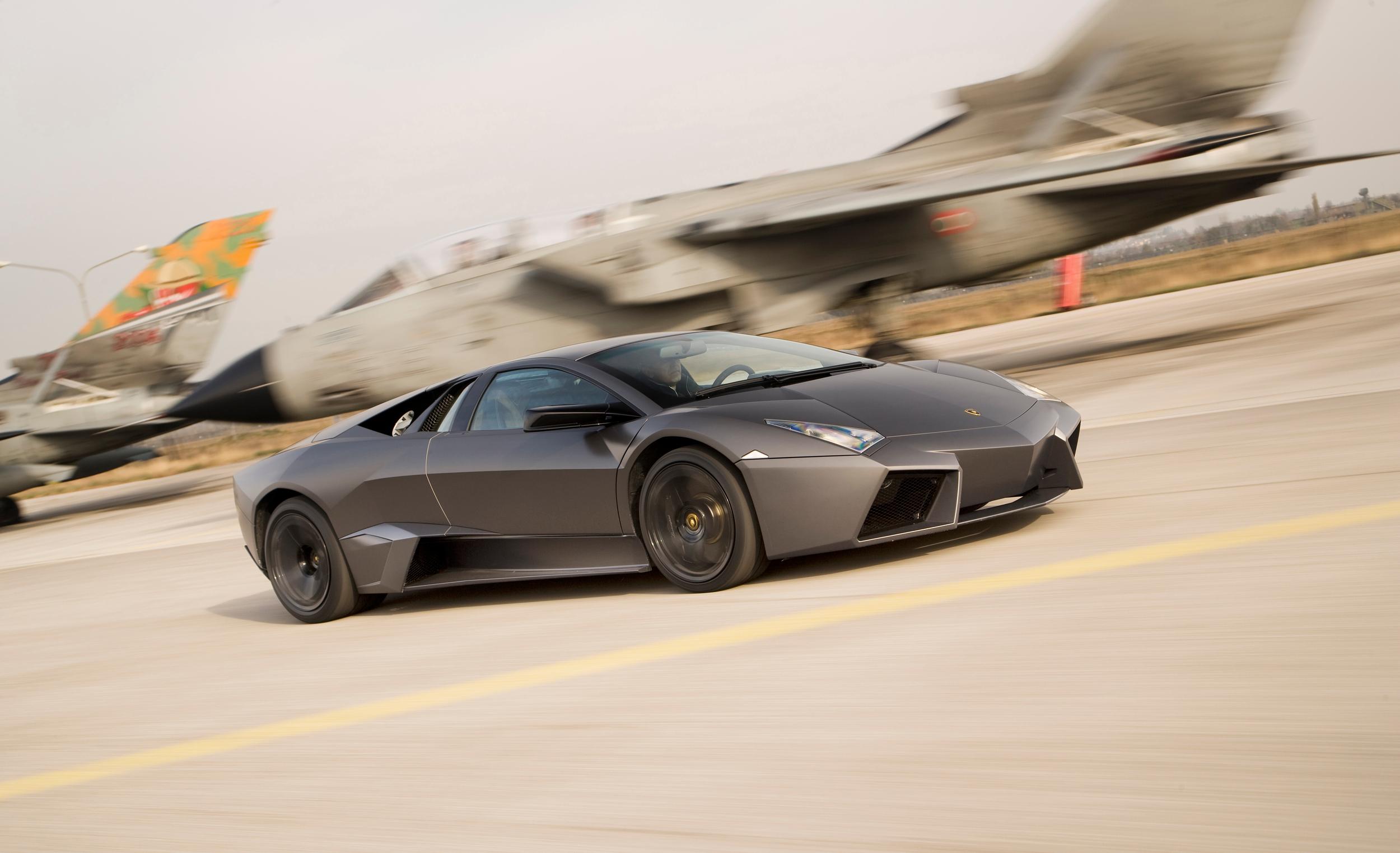
A limited-production model, the Reventón was an expression of Lamborghini’s design and engineering prowess. Inspired by fighter jets, it was a bold statement of the company’s capabilities.
- Reventón, Reventón Roadster: Limited editions with unique styling cues.
Sesto Elemento (2010-2011)
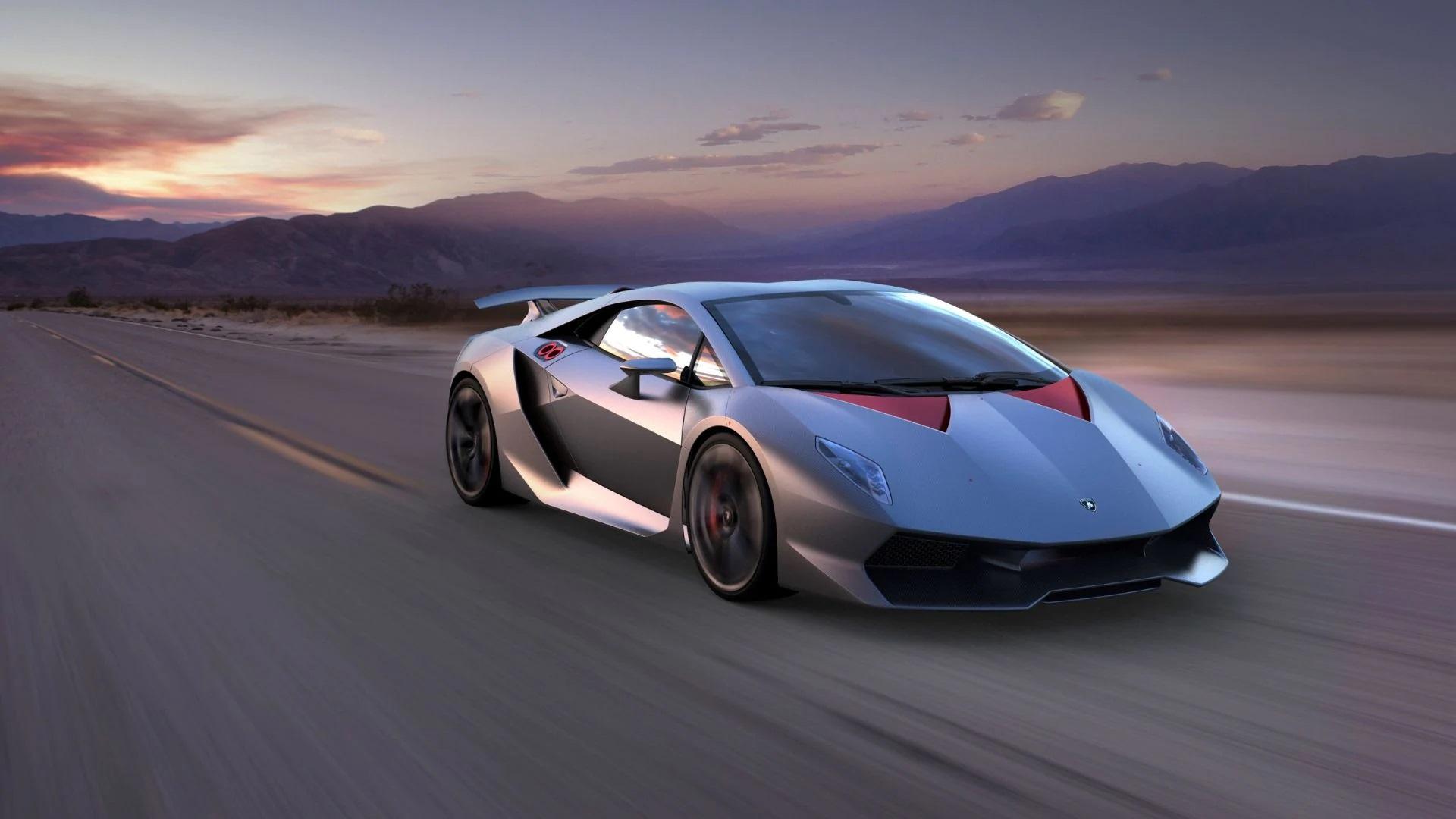 Known for its extensive use of carbon fiber, the Sesto Elemento showcased Lamborghini’s dedication to materials innovation. It was a remarkable piece of engineering that demonstrated the future potential of automotive construction.
Known for its extensive use of carbon fiber, the Sesto Elemento showcased Lamborghini’s dedication to materials innovation. It was a remarkable piece of engineering that demonstrated the future potential of automotive construction.
- Sesto Elemento: Limited production track-oriented model.
Aventador (2011-present)
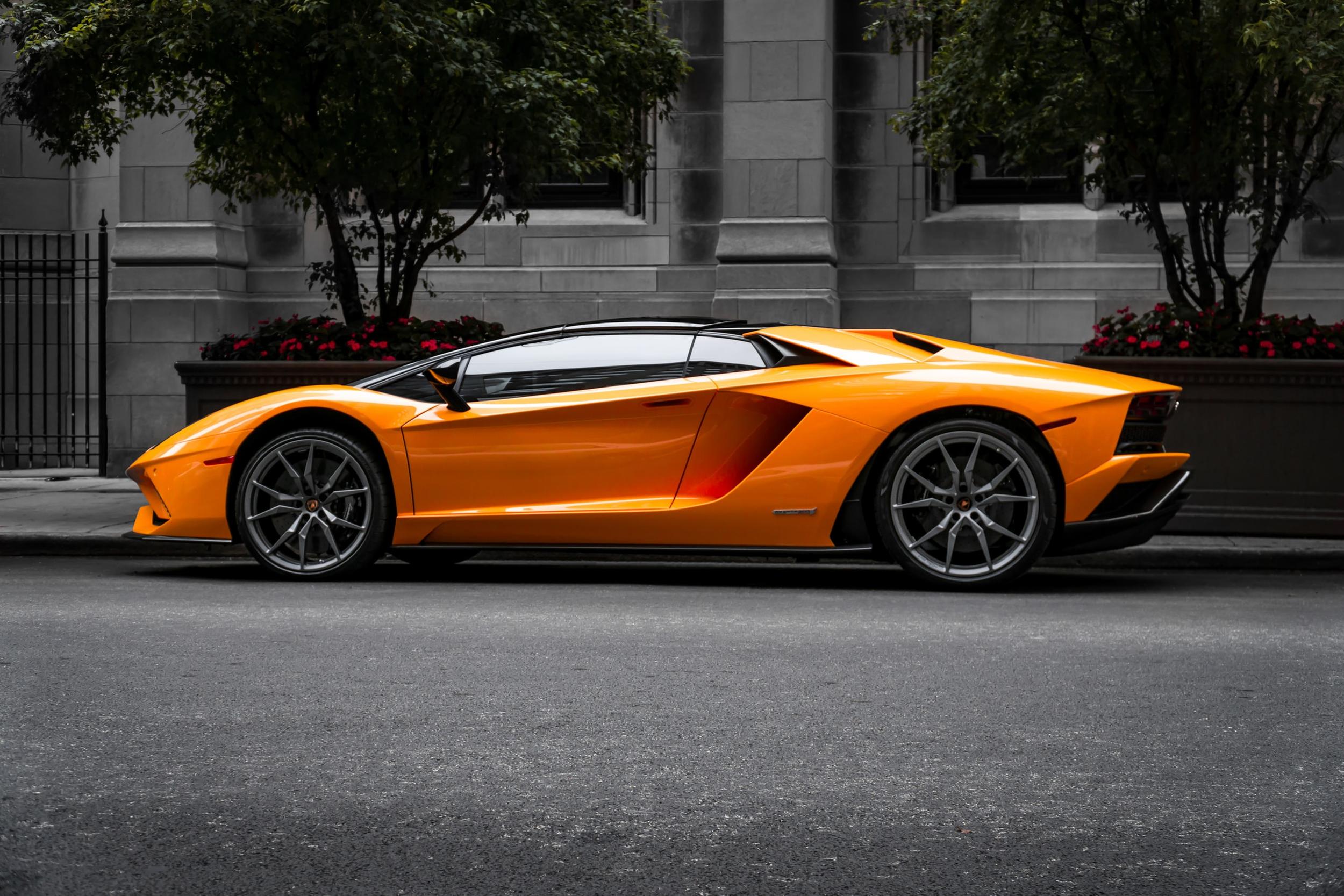
The Aventador continues Lamborghini’s legacy with a potent V12 engine and a blend of cutting-edge technology and design. It stands as a testament to the brand’s ongoing commitment to excellence.
- LP 700-4, LP 750-4 SV, S, SVJ, Ultimae, and Roadster variants: A lineup known for constant evolution and high performance.
Veneno (2013-2014)
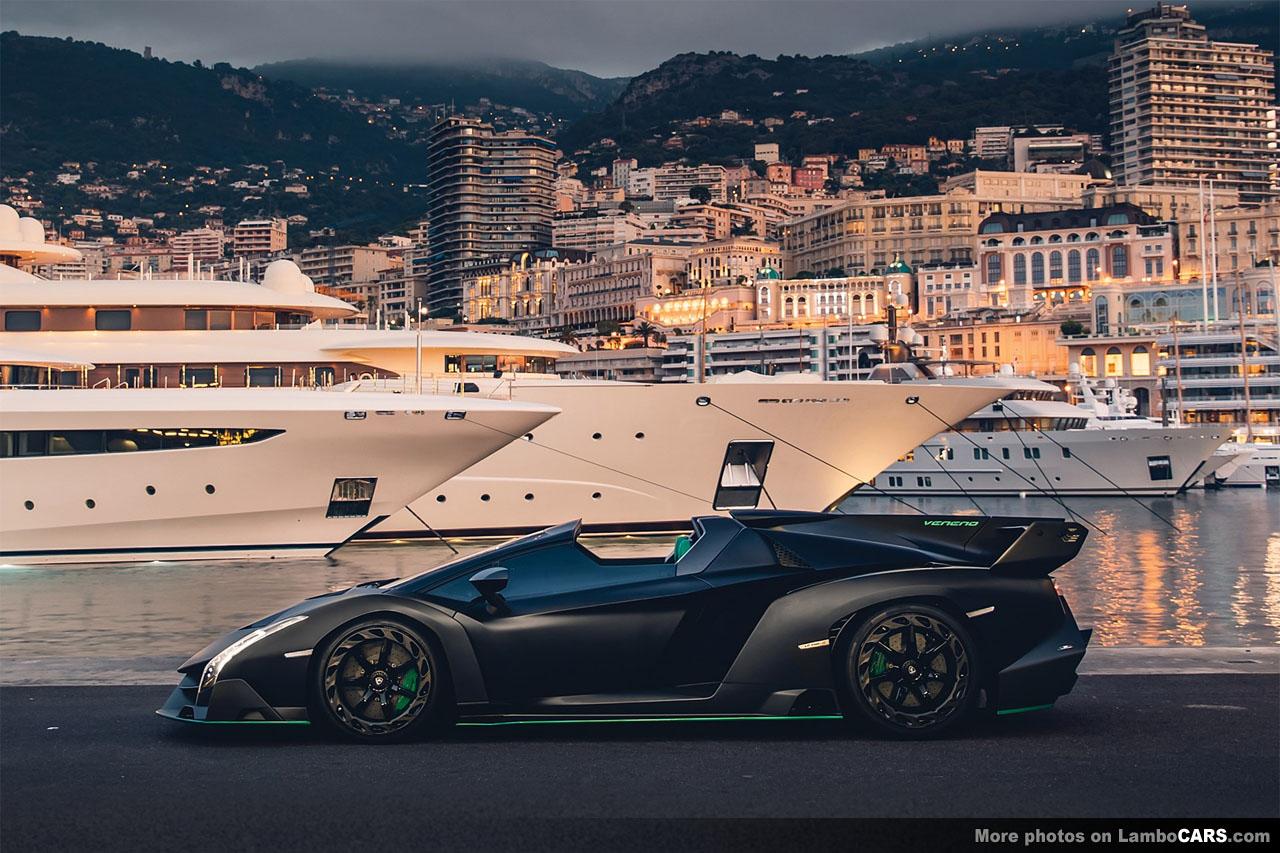
An exclusive model, the Veneno was developed to celebrate Lamborghini’s 50th anniversary. Its radical design and extraordinary performance further enhanced Lamborghini’s reputation for creating exceptional machines.
- Veneno, Veneno Roadster: Limited-production models showcasing extreme design.
Huracán (2014-present)

The Huracán is another milestone in Lamborghini’s journey, blending everyday usability with remarkable performance. It represents the ongoing evolution of Lamborghini as a brand that continues to inspire.
- LP 610-4, LP 580-2, Performante, Evo, Spyder versions, Super Trofeo and Super Trofeo 2, Tecnica, Sterrato: A comprehensive range targeting different customer needs and desires.
Centenario (2016-2017)
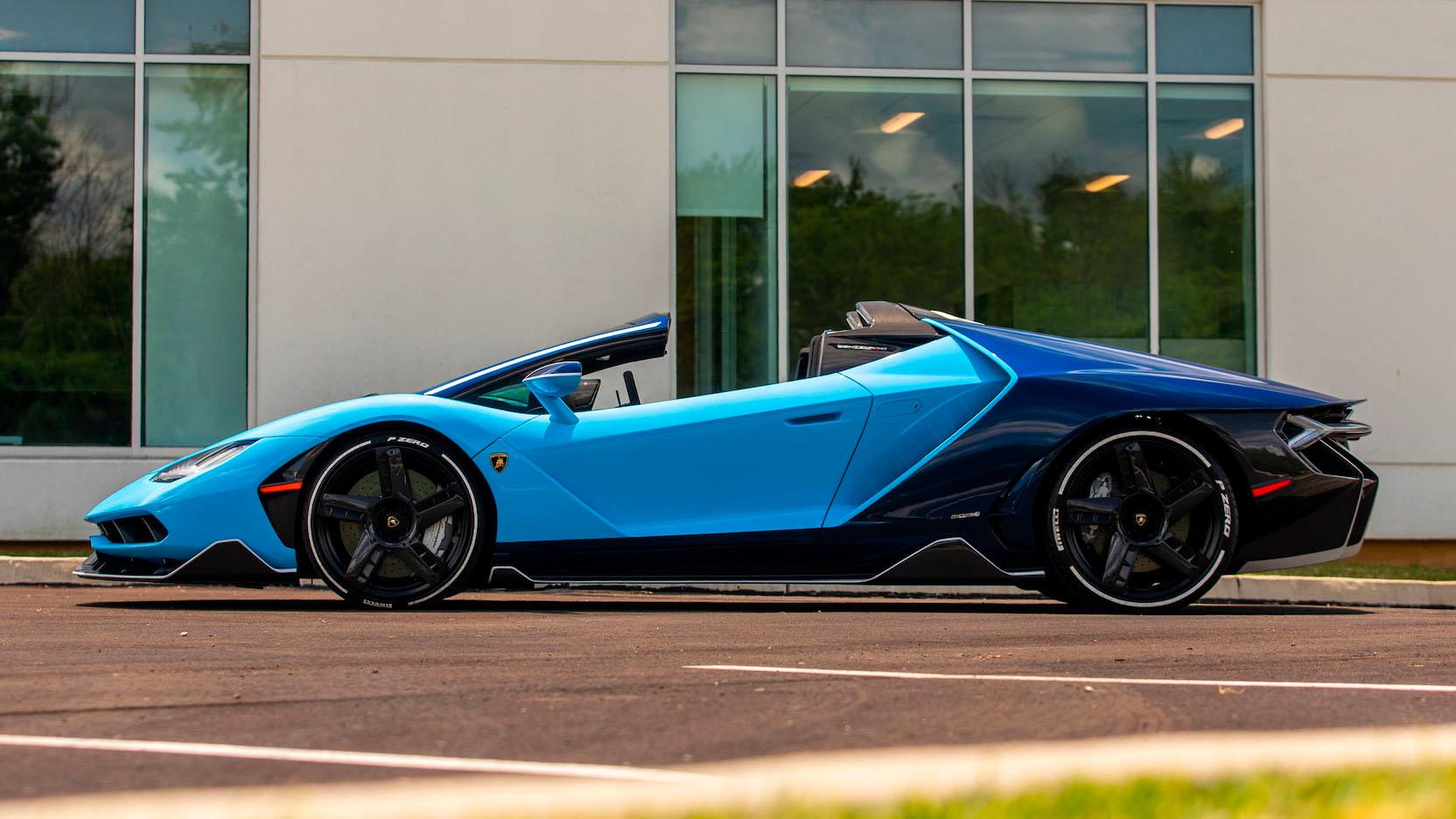
Created to commemorate the 100th birthday of founder Ferruccio Lamborghini, the Centenario was a limited-edition model that combined unique aesthetics with advanced engineering.
- Centenario, Centenario Roadster: Exclusive models, each with 20 units built.
SC18 Alston (2018)
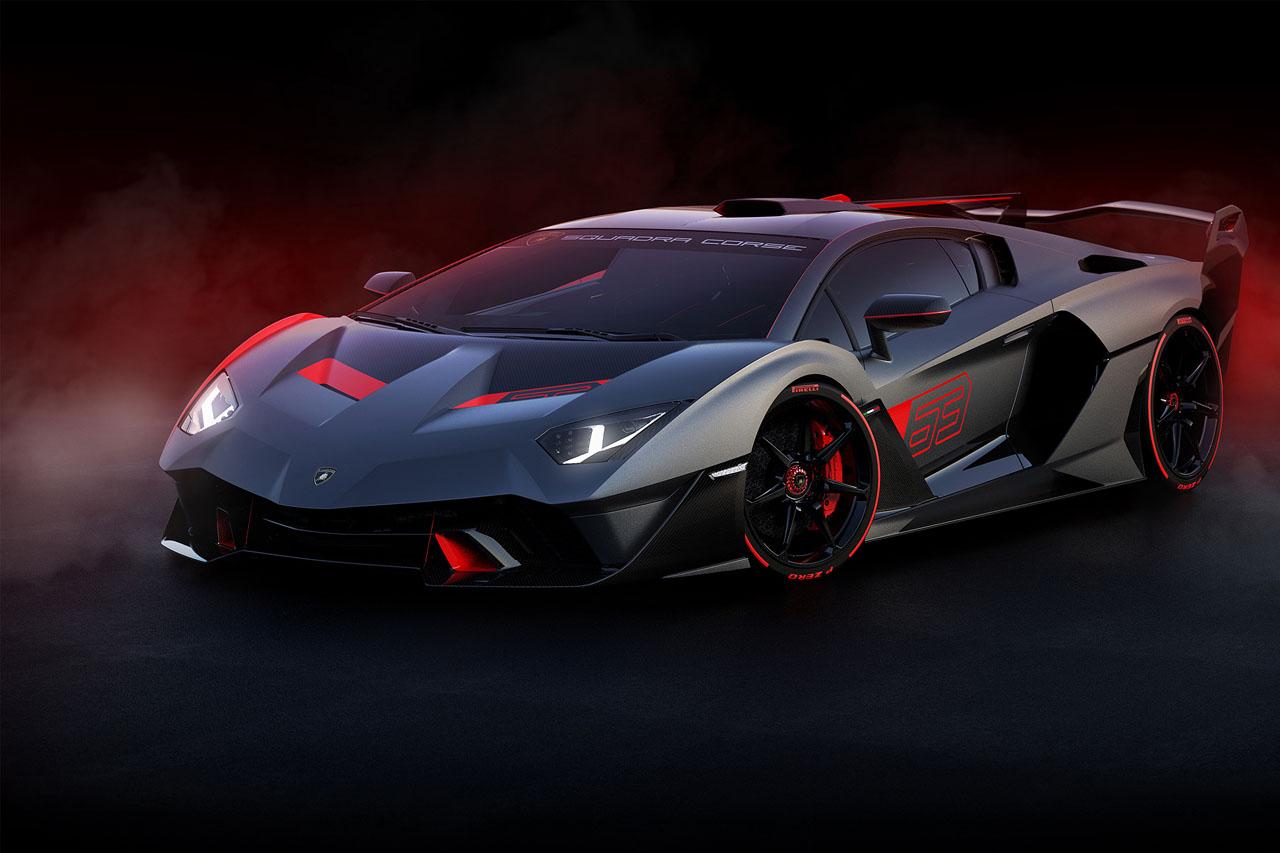
The Lamborghini SC18 Alston, unveiled in 2018, marked a significant milestone as the brand’s first one-off creation designed in collaboration with a customer. Developed with Lamborghini’s motorsport division, Squadra Corse, the SC18 Alston was engineered primarily for the racetrack. Its aggressive aerodynamics and potent V12 engine were inspired by racing prototypes. This unique model demonstrated Lamborghini’s ability to offer extreme customization and performance, maintaining its commitment to innovation and excellence.
Urus (2018-present)
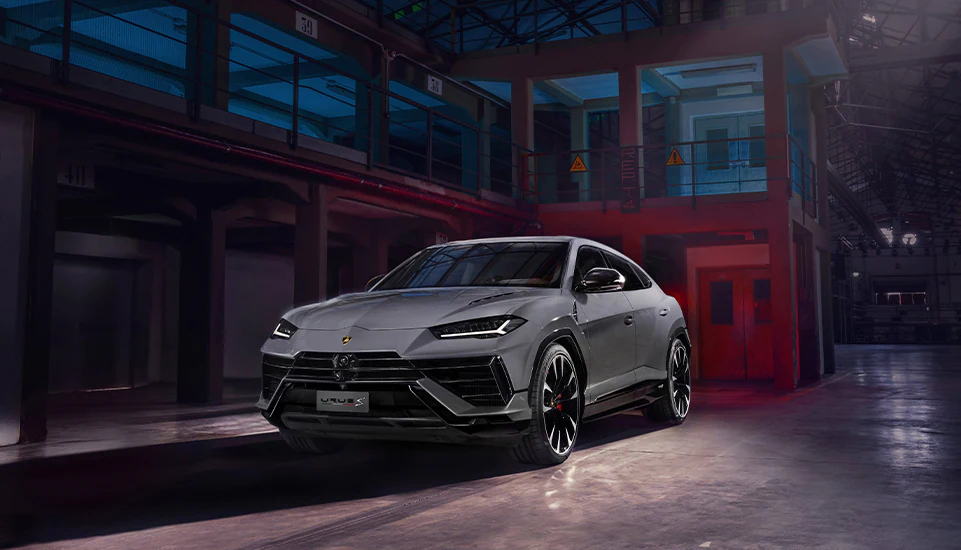
The Urus, Lamborghini’s second venture into the SUV market, combines the performance of a sports car with the utility of an SUV. It marks a new era for the company, reflecting changing automotive tastes and requirements.
- Urus, S, Performante: Lamborghini’s sporty SUV model.
Lamborghini V12 Vision Gran Turismo (2019)
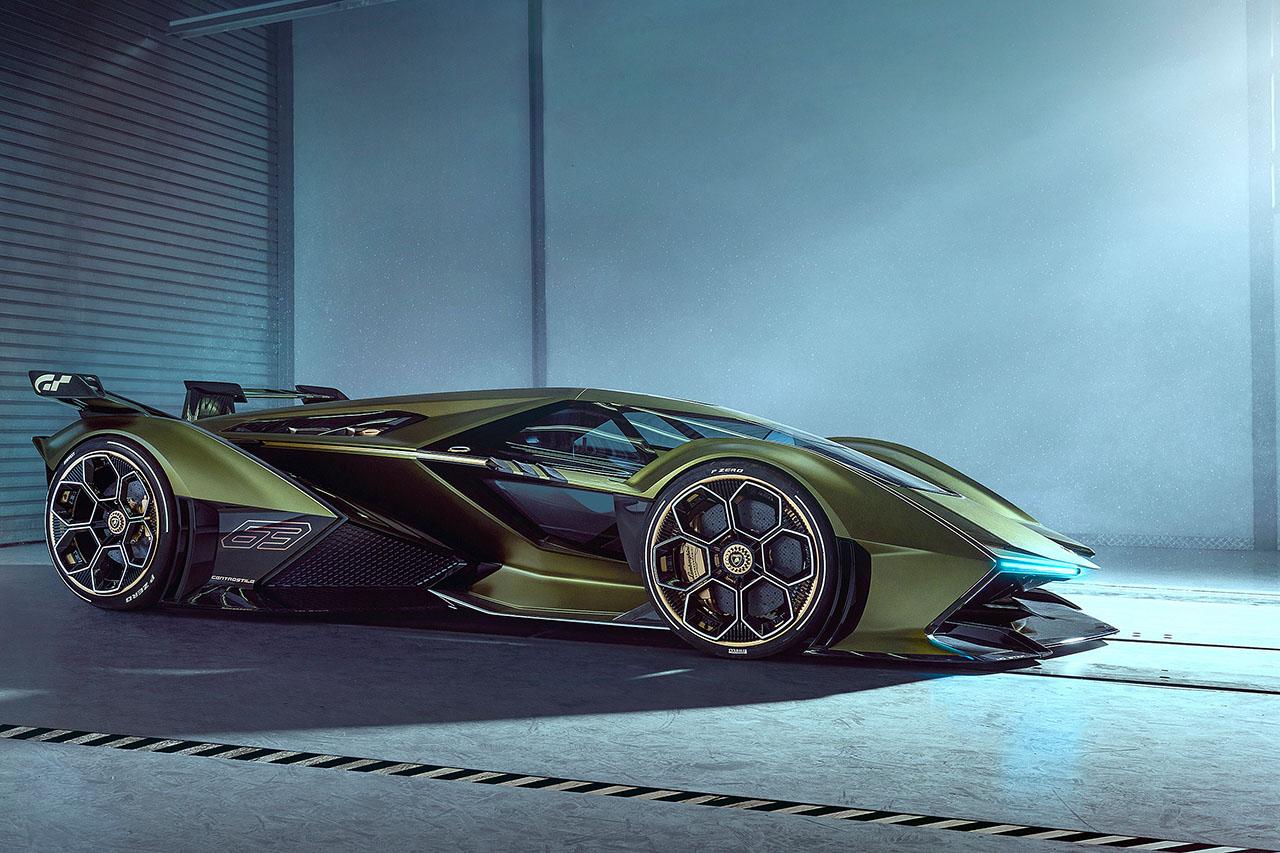
Introduced in 2019, the Lamborghini V12 Vision Gran Turismo is a virtual concept car designed exclusively for the PlayStation game Gran Turismo Sport. Merging Lamborghini’s distinctive design with futuristic elements, it is powered by a hybrid drivetrain based on the Sián FKP 37. Although not a physical production model, this visionary creation reflects Lamborghini’s ongoing commitment to innovation and provides enthusiasts with an engaging virtual experience, showcasing the potential directions the brand could take in the future.
Lamborghini SC20 (2020)
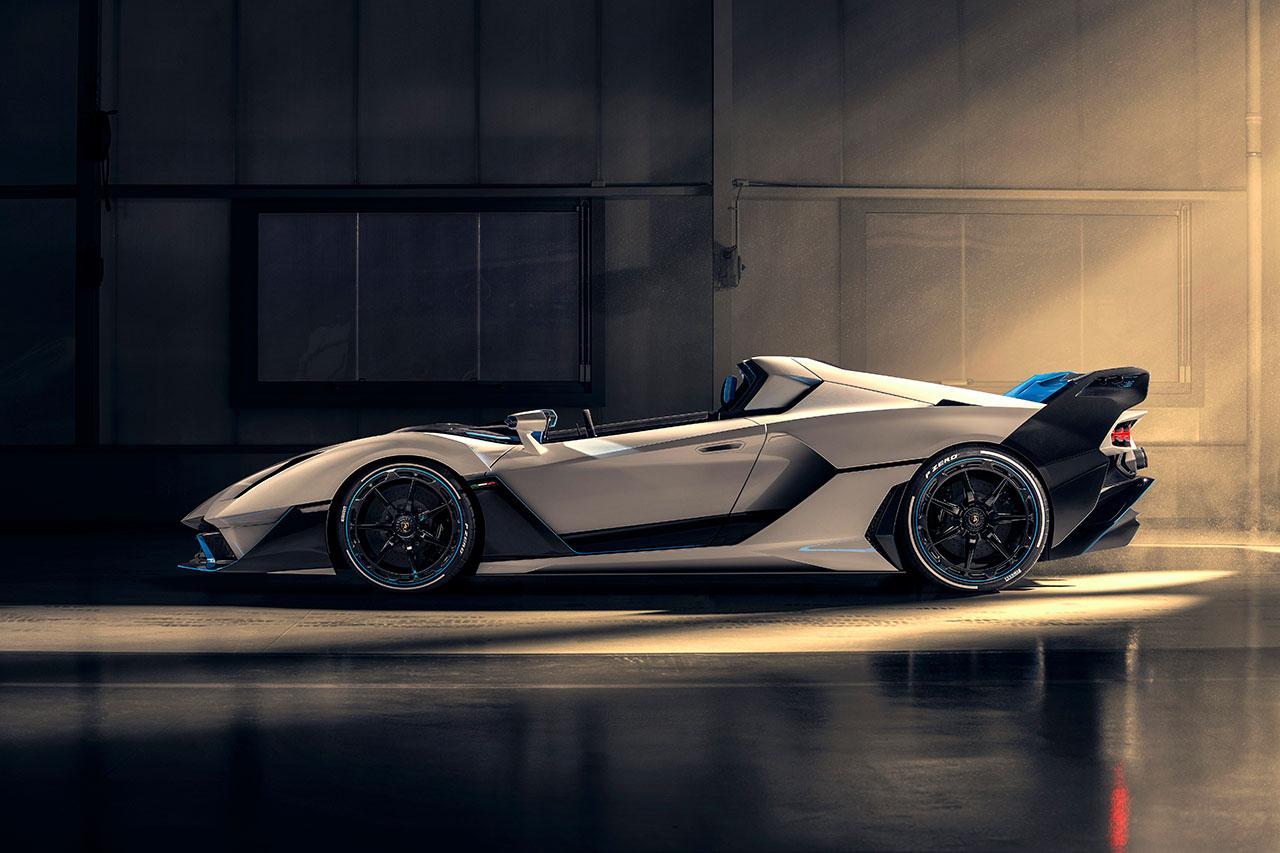
The Lamborghini SC20, unveiled in 2020, is a one-off open-top track car that symbolizes the brand’s expertise in personalization and performance. Created by Lamborghini’s Squadra Corse and Centro Stile, it blends racing aerodynamics with road-legal aesthetics. The SC20 houses a 6.5-liter V12 engine, boasting 770 horsepower, and its roofless design provides an unparalleled driving experience. This exclusive model stands as a vivid expression of Lamborghini’s commitment to innovation, showcasing its ability to craft unique and captivating vehicles.
Sian FKP 37 (2020)
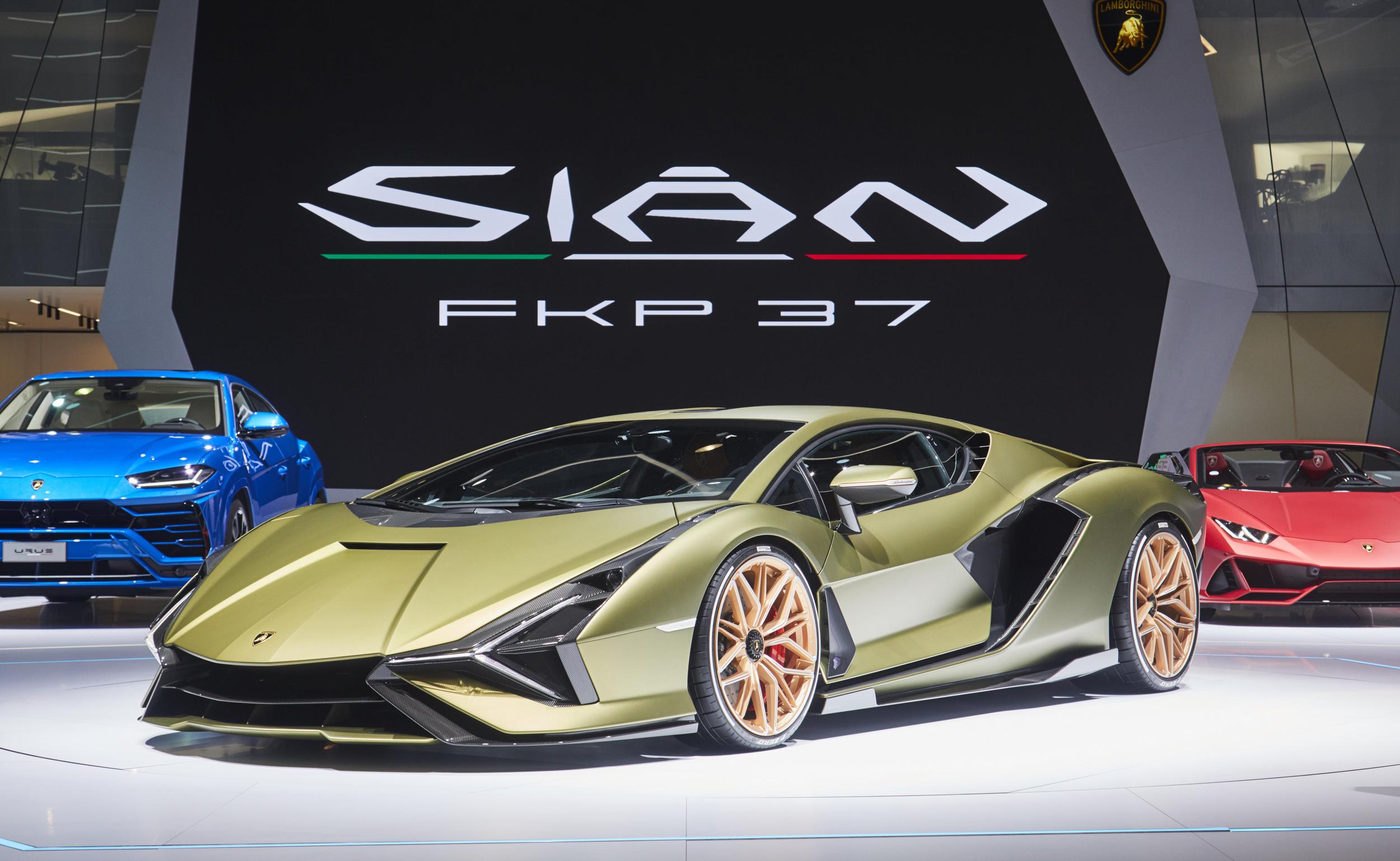
The Sian FKP 37, Lamborghini’s first hybrid model, is a symbol of the brand’s commitment to future sustainability without sacrificing performance. It represents the next chapter in Lamborghini’s ongoing evolution.
Essenza SCV12 (2020)
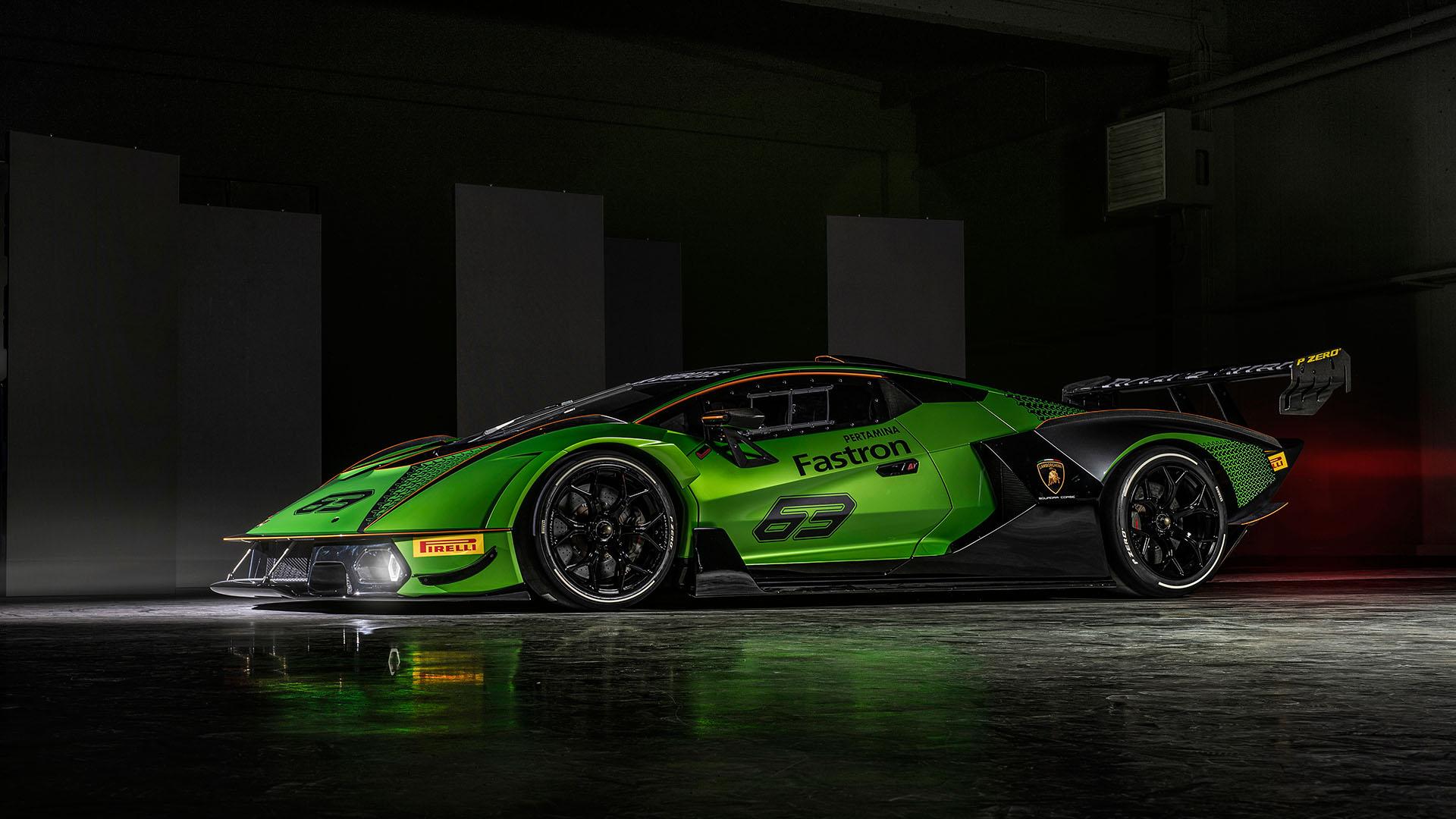
The Lamborghini Essenza SCV12, introduced in 2020, is an exclusive track-only hypercar that offers an exhilarating driving experience. Developed by Lamborghini’s Squadra Corse racing division, it’s equipped with a naturally aspirated V12 engine that produces more than 830 horsepower. Limited to just 40 units, the Essenza SCV12 emphasizes aerodynamic efficiency, featuring a sleek design that aids downforce. It’s a testament to Lamborghini’s racing heritage and a symbol of the brand’s continuous pursuit of excellence and innovation on the track.
Sián Roadster (2020)
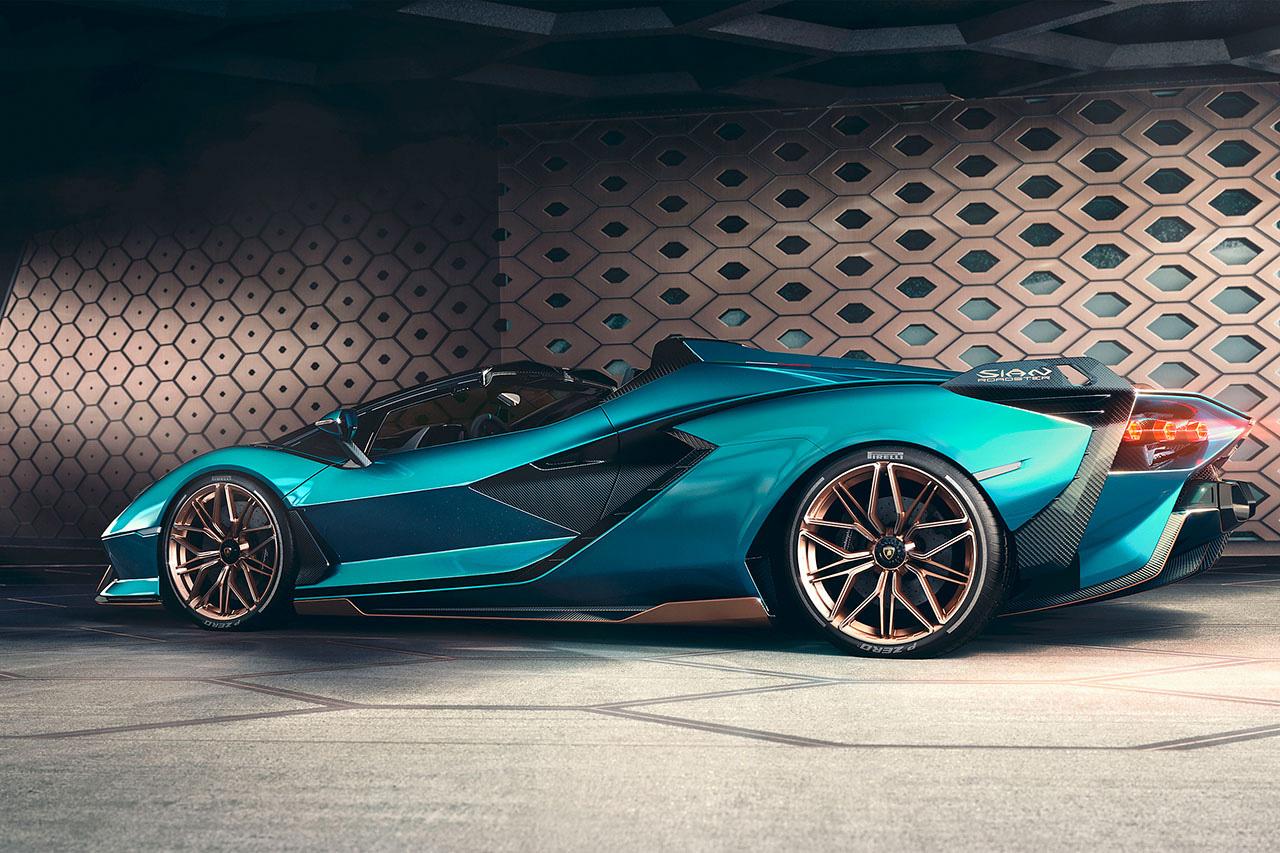
Following the release of the Sián FKP 37, Lamborghini introduced the Sián Roadster in 2020. This limited-production hybrid supercar carries the distinction of being Lamborghini’s first hybrid production vehicle. With only 19 units produced, the Sián Roadster shares the coupé’s innovative hybrid powertrain, coupling a V12 engine with a supercapacitor to generate 819 horsepower. The open-top design adds to the allure, providing an immersive driving experience that combines cutting-edge technology with iconic Lamborghini styling.
Countach LPI 800-4 (2021)
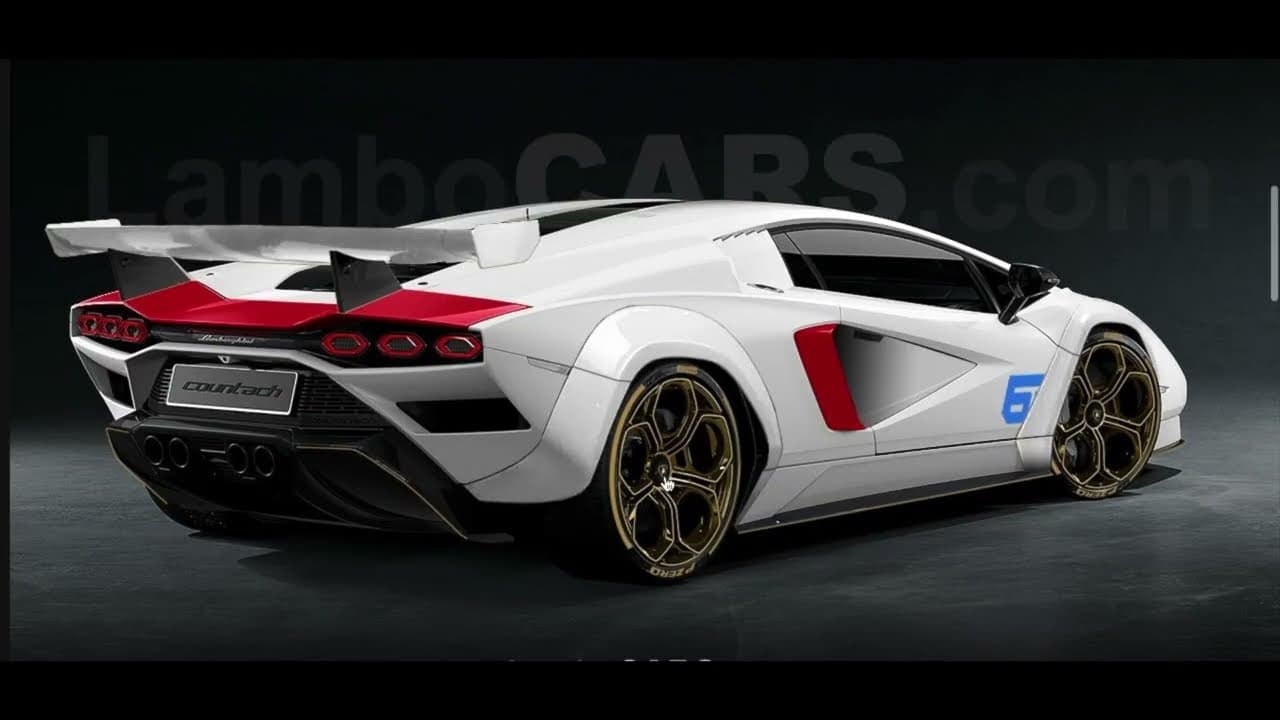
Celebrating the 50th anniversary of the iconic Countach, Lamborghini introduced the Countach LPI 800-4 in 2021. This tribute model draws inspiration from the original Countach, blending retro design cues with modern technology. It’s powered by a V12 engine combined with a mild-hybrid system, generating 803 horsepower. Limited to 112 units, the Countach LPI 800-4 is not just a nod to the past but also a glimpse into the future of Lamborghini’s design language. It marries the essence of a legendary nameplate with the brand’s ongoing commitment to performance and innovation.
Invencible and Auténtica (2023)
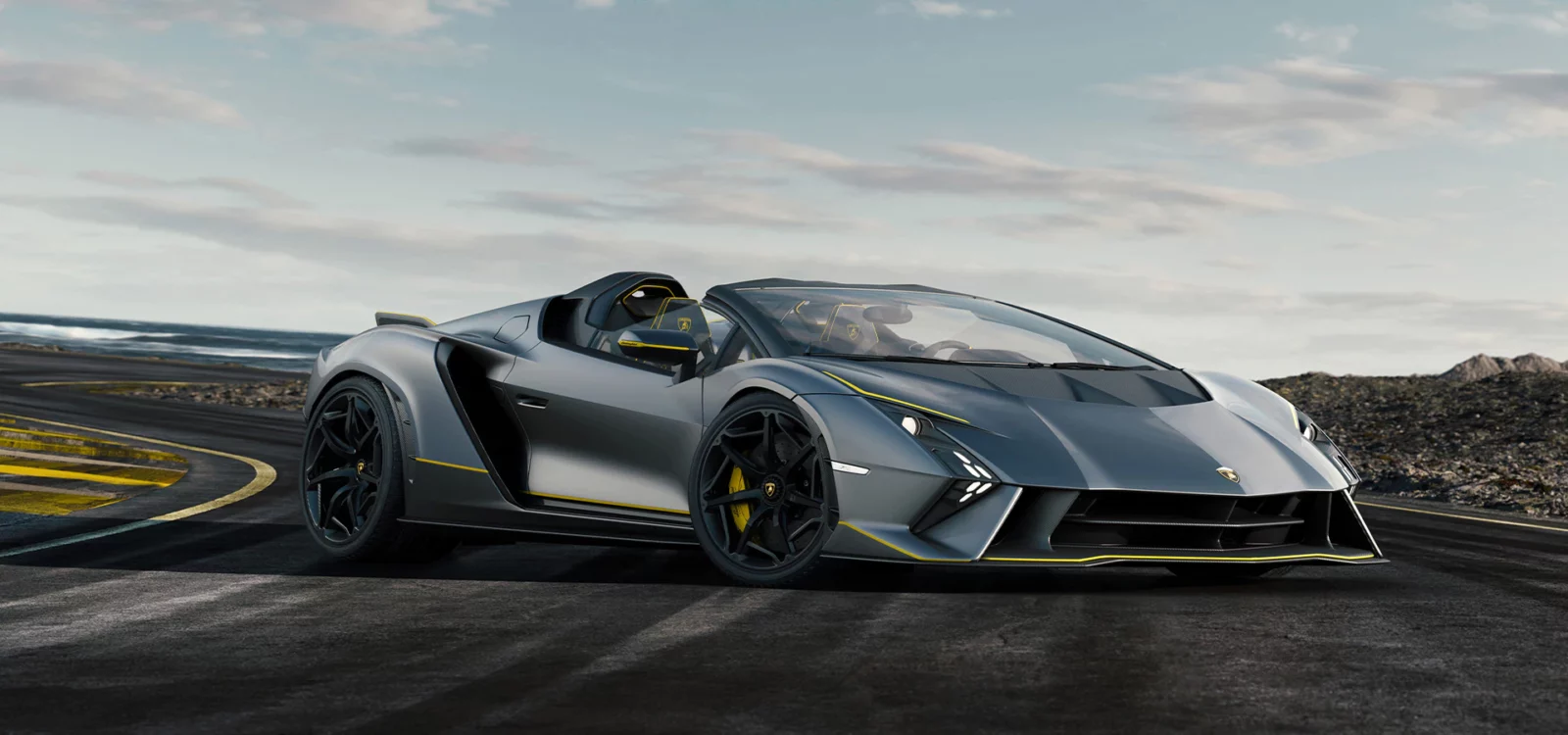
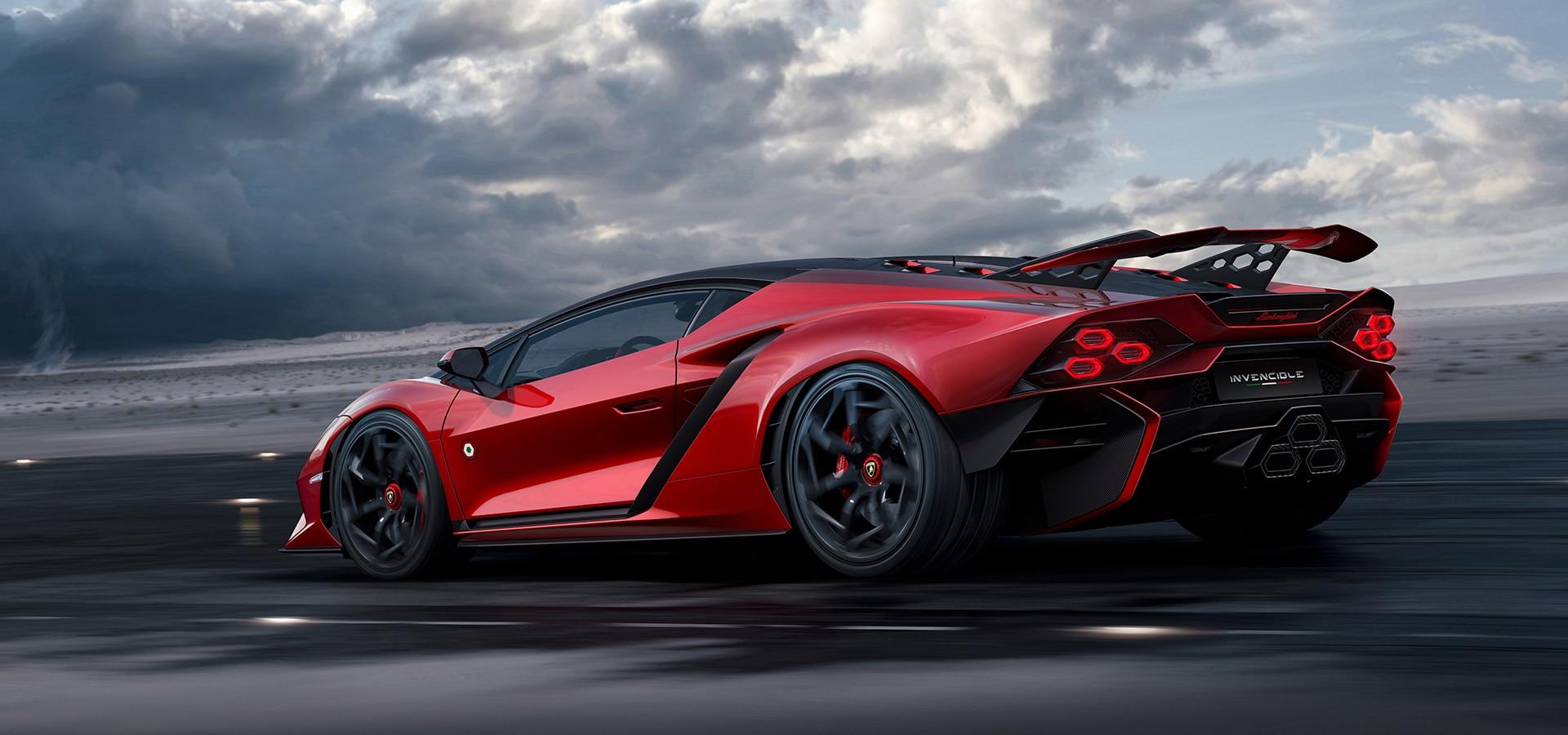
The Lamborghini Invencible is one of two one-off cars created by Lamborghini to celebrate 60 years of design prototypes, concept cars, and exclusive limited editions. This model, along with its counterpart, the Auténtica roadster, highlights Lamborghini’s brand DNA and represents a pinnacle of exclusivity and customization.
Revuelto (2023)
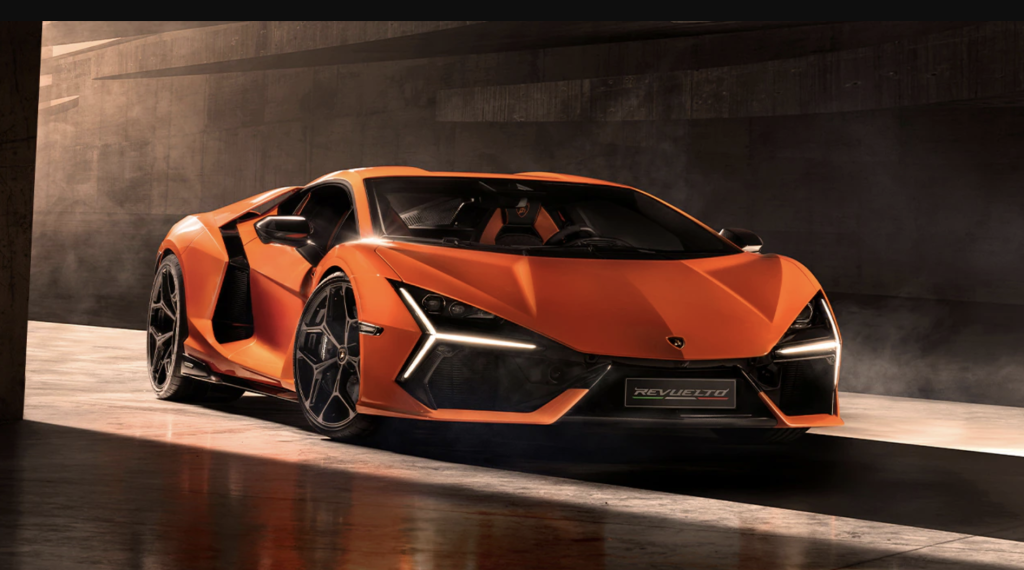
The 2023 Lamborghini Revuelto is an innovative addition to the lineup, featuring a layout that includes a 6.5-liter naturally aspirated V12 mid-engine and three electric motors, two of which are located on the front e-axle.
Lanzador (2028)
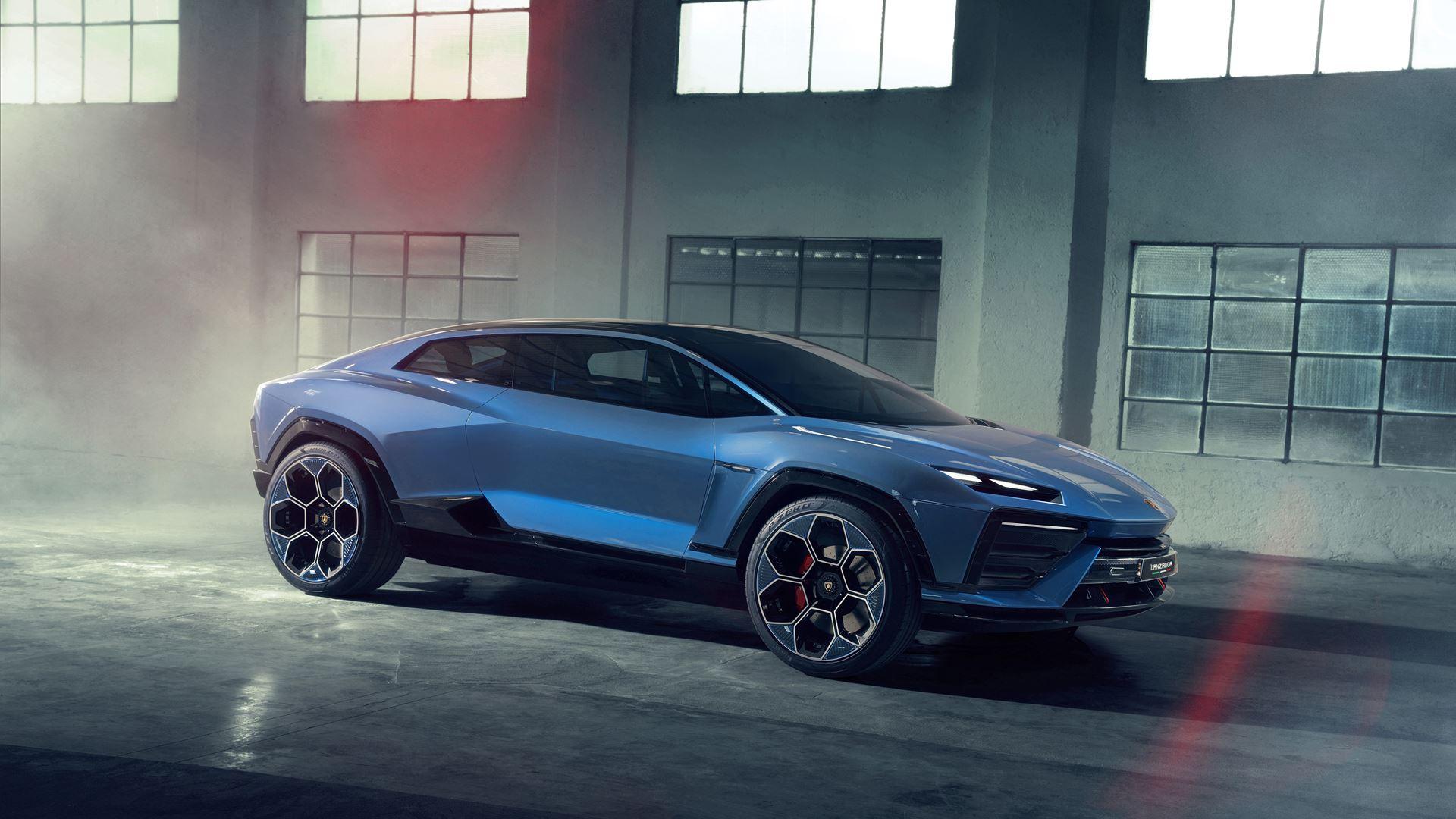
The Lanzador is an all-electric concept by Lamborghini. As the brand’s most powerful electric vehicle, it will join the likes of the Huracan, Revuelto, and Urus, all set to be plug-in hybrids by the end of 2024.
The vehicle will be equipped with a pair of electric motors situated on each axle, collectively generating upwards of a megawatt of power, equivalent to approximately 1,350 horsepower. It will feature rear-wheel steering and air suspension, along with a cutting-edge high-performance battery that promises extended driving range, according to the press release.
Conclusion
Lamborghini’s 60-year history is a fascinating journey through innovation, design, and performance. From the elegant 350 GT to the groundbreaking Revuelto and Lanzador, the company has consistently pushed the limits of what is possible in the automotive world. The evolution of Lamborghini is not just a story of cars; it’s a story of passion, vision, and an unwavering commitment to excellence. For enthusiasts who appreciate the intricate details that go into every model, Lamborghini’s rich history offers a captivating exploration into the essence of automotive achievement.

